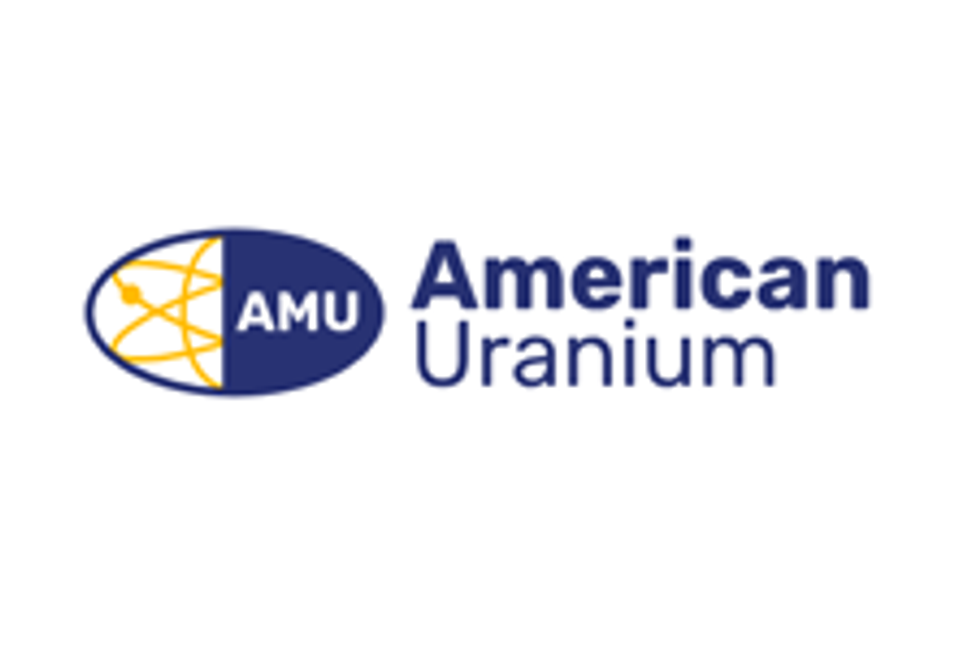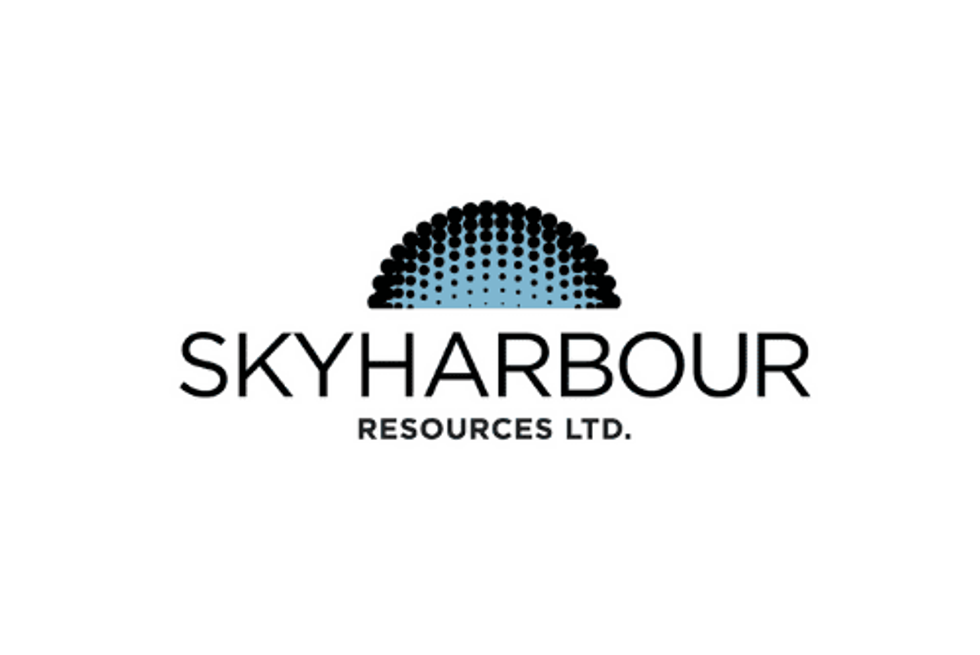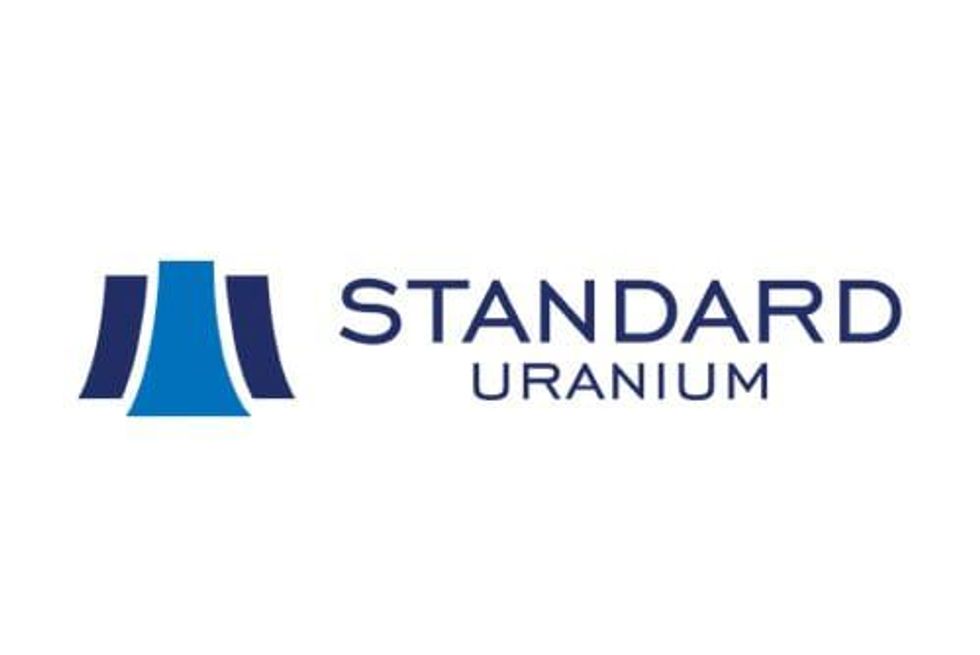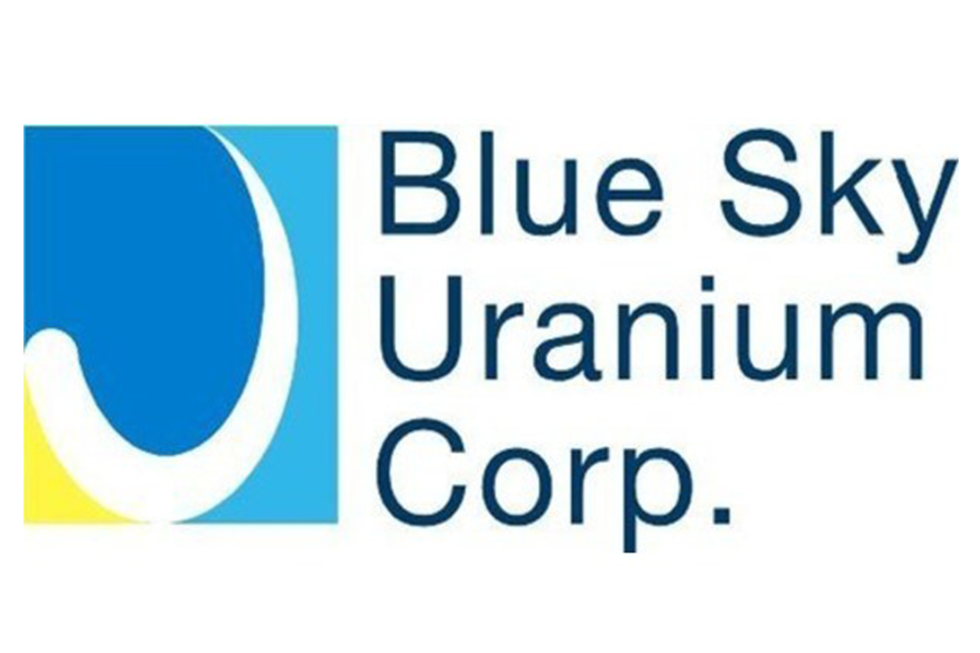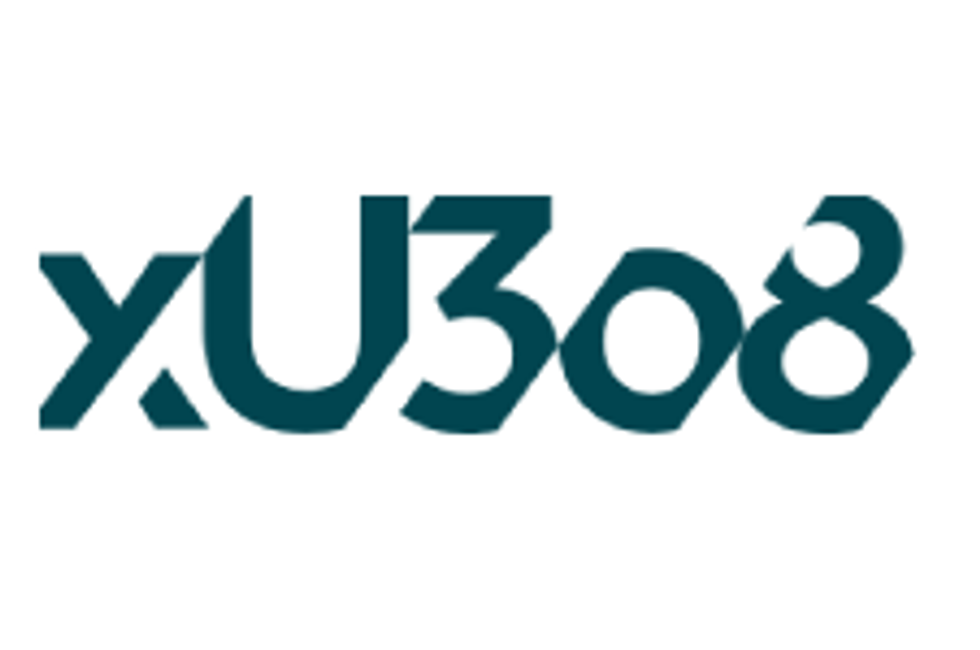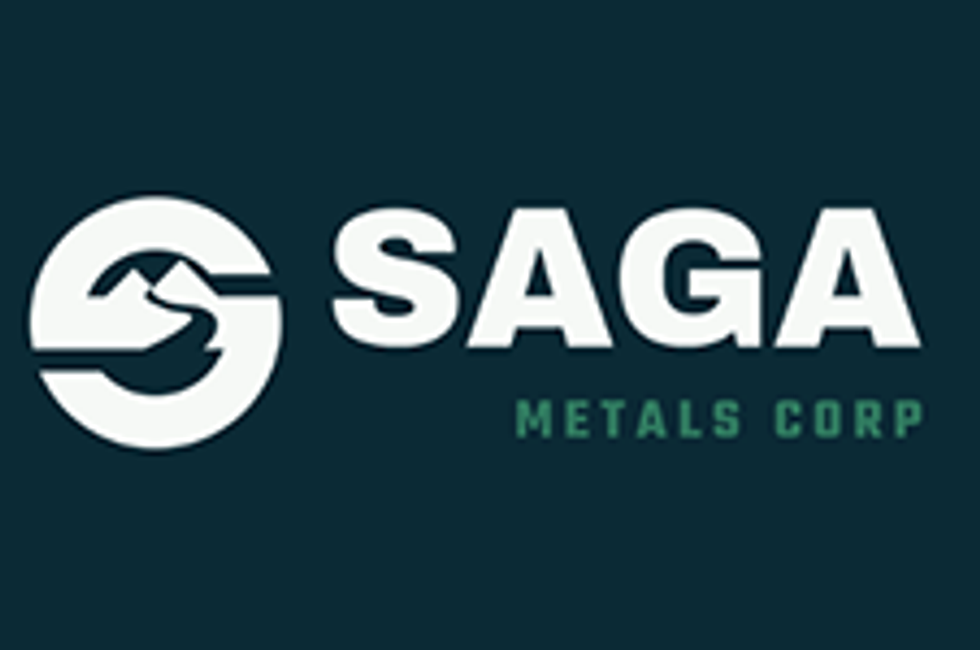ASX Uranium Stocks: 5 Biggest Companies in 2025
What are the largest ASX uranium stocks? Here's a rundown of the biggest Australia-listed uranium companies and their uranium operations.
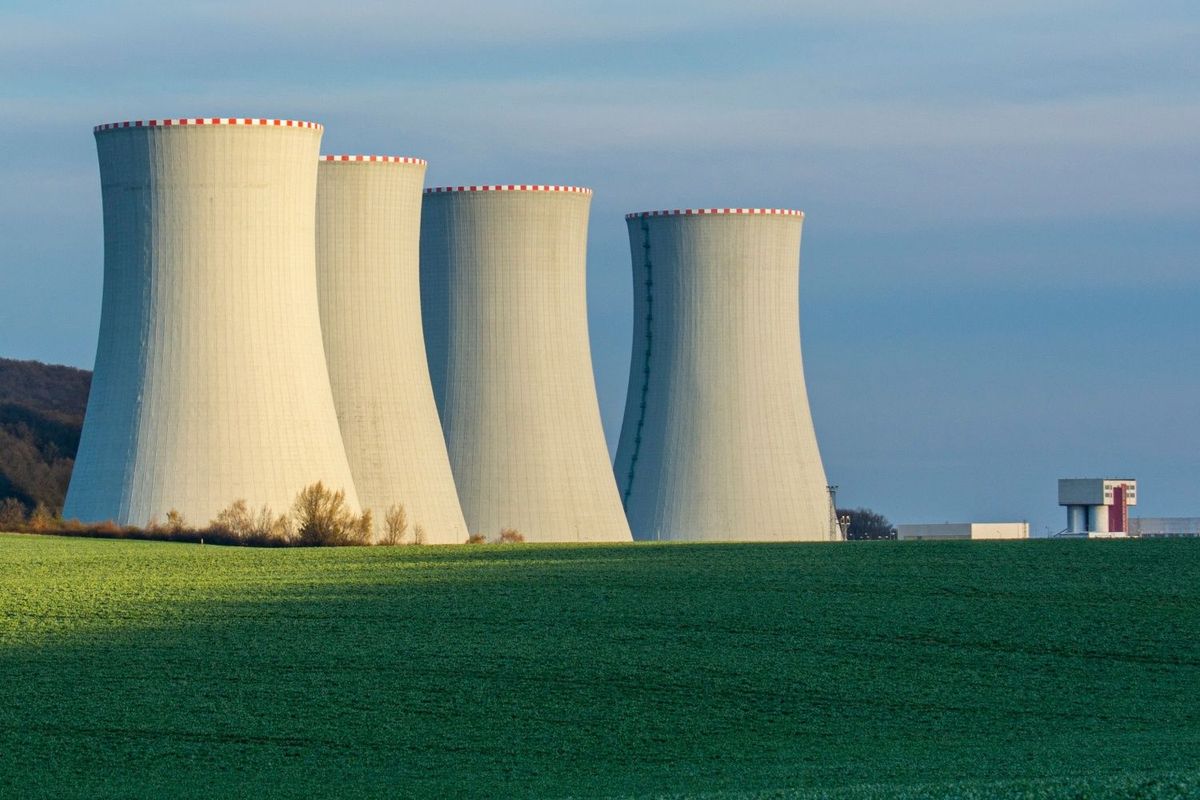
Uranium prices have surged since 2020, fueled by growing demand and optimism for the future. In February 2024, uranium reached its highest level in nearly two decades when values surpassed the US$100 level.
Since then, prices have contracted, but remain historically high. Geopolitical tensions and trade concerns weighed on uranium prices in early 2025, pushing values below US$65 per pound for the first time since 2023.
Now on the rebound spot U3O8 prices are holding at the US$70 level.
Looking at tight supply and strong demand, experts say the future of uranium is bright. With hopes high for the commodity, those looking to capitalise on uranium stocks have a lot of upside to bolster their investment case.
Australia's uranium mines have made the country a significant global producer, and ASX-listed uranium stocks are big players in other countries as well.
To help interested investors, the Investing News Network has compiled a list of the biggest ASX uranium stocks by market cap. Data was gathered on May 22, 2025, using TradingView's stock screener. All data was current at that time.
1. Paladin Energy (ASX:PDN)
Market cap: AU$2.27 billion
Share price: AU$5.41
Based out of Western Australia, Paladin Energy's goal is to be a reliable supplier of clean energy for the future. Its main focus is uranium mining, and it currently has one active mine: the Langer Heinrich uranium mine in Namibia, of which it owns 75 percent. The company acquired Fission Uranium in 2024, adding Fission's Patterson Lake South (PLS) uranium project in the Athabasca Basin of Saskatchewan, Canada, to Paladin's portfolio of exploration projects that spans Canada and Australia.
Paladin Energy paused operations at Langer Heinrich in 2018 amid persistently low uranium prices, but began a restart process in 2022, bolstered by a successful share purchase plan. The mine resumed commercial uranium production in March 2024, on schedule and within the projected US$125 million budget. It is currently processing stockpiled ore as it advances towards open-pit mining operations.
Paladin temporarily suspended production at Langer Heinrich in March 2025 after the region experienced a “one-in-fifty-year” weather event that brought unseasonal heavy rain, disrupting site access, ore processing and progress towards open-pit mining. Operations had resumed by the end of the month, but the disruptions led Paladin to withdraw its fiscal year 2025 guidance.
Despite the disruption, in its report for the quarter ended March 31, Paladin reported a 17 percent quarter-over-quarter production increase at Langer Heinrich, delivering 745,484 pounds of U3O8. This marks the highest quarterly output since the mine’s restart. For the nine months ending March 31, 2025, the mine produced 2.02 million pounds.
In Canada, Paladin received a key exemption from the federal Non-Resident Ownership Policy for its PSL project during the quarter, allowing it to advance development. The company also signed Mutual Benefits Agreements with two First Nations near the project.
2. Boss Energy (ASX:BOE)
Market cap: AU$1.51 billion
Share price: AU$3.55
Boss Energy is ramping up production at both its Honeymoon and Alta Mesa uranium assets.
Located in South Australia, the Honeymoon mine extract's uranium through in-situ recovery (ISR) and processes it using ion exchange technology. The property has a small footprint and upholds the Heritage and Native Title mining agreements on the land. Since it acquired Honeymoon in December 2015, Boss Energy has developed the project's JORC resource from 16.6 million pounds to 71.7 million pounds.
In South Texas, US, Boss Energy holds a 30 percent stake in the Alta Mesa ISR operations, with the remaining 70 percent owned by enCore Energy (TSXV:EU,NASDAQ:EU).
For the March 2025 quarter, Boss reported it produced 246,869 pounds of U3O8 from Honeymoon, a 15 percent increase from the December quarter. At Alta Mesa, total production reached 98,000 pounds of U3O8 during the quarter.
In March, Boss secured an option to earn up to a 90 percent interest in the Liverpool uranium project from the Eclipse Group. The deal includes a 12 month option with AU$250,000 in spending, followed by a staged AU$8 million earn-in over seven years. Boss can acquire an additional 10 percent for AU$50 million after completing the earn-in.
Later in the month, Boss acquired 23.5 million shares of Laramide Resources (TSX:LAM,ASX:LAM) for AU$15.5 million in cash and stock. Following further share purchases in April, Boss now has a 19.7 percent interest in Laramide. Laramide’s key uranium assets include Westmoreland in Queensland and Crownpoint-Churchrock in New Mexico.
3. Deep Yellow (ASX:DYL)
Market cap: AU$1.17 billion
Share price: AU$1.15
Deep Yellow is committed to developing a high-output, cost-effective, tier-one uranium company through its uranium portfolio in Namibia and Australia. Its respective flagship assets in those countries are the advanced-stage Tumas and Mulga Rock uranium projects. It also has the the Omahola uranium projects and Nova and Yellow Dune joint ventures in Namibia, as well as the Alligator River uranium project in Australia.
In February 2024, Deep Yellow released an updated resource estimate for Mulga Rock's Ambassador and Princess deposits, together known as the Mulga Rock East deposits. The company increased the total contained uranium by 26 percent, from 56.7 million pounds of U3O8 to 71.2 million. Eighty-six percent of the Mulga Rock East uranium resource is now classified as measured and indicated.
In early 2025, Deep Yellow confirmed that a legal application had been filed in the High Court of Namibia by Tumas Granite and Jurgen Hoffman regarding the Namibian government’s decision to grant Mining Licence ML237 and the related environmental clearance certificate for the Tumas uranium project. The applicants are requesting the court declare both approvals unconstitutional and void.
This marks the fifth legal challenge brought by the same parties since 2011, targeting various rights held by the company over ML237 and its associated exploration licences.
In April, Deep Yellow deferred the final investment decision and construction of the processing plant for its flagship Tumas asset until uranium prices move higher. Until then it will implement a staged development approach.
4. Bannerman Energy (ASX:BMN)
Market cap: AU$454.26 million
Share price: AU$2.53
Bannerman Energy is a uranium development company headquartered in Perth. Its primary focus is its Etango uranium project in Namibia. Bannerman has developed a base-case development plan for Etango using an 8 million tonne per year throughput rate, which it has dubbed Etango-8.
Etango is located on one of the world’s largest untapped uranium resources within Namibia’s established uranium-mining district, and the Etango-8 mine life would be 15 years.
For the most recent quarter ended in March, Bannerman reported steady progress at its Etango uranium project, with early works construction activities remaining on schedule and within budget. The company is targeting a final investment decision in 2025, subject to market conditions.
Key quarterly milestones include the full excavation of the primary crusher site and completion of overhead power infrastructure and transformer installation. Construction water systems are operational, and work on the site’s distribution network is ongoing.
The company is advancing financing and offtake discussions with various strategic and conventional partners and ended the quarter with AU$68.8 million in cash and no debt.
5. Lotus Resources (ASX:LOT)
Market cap: AU$391 million
Share price: AU$0.17
Lotus Resources' flagship asset is the Kayelekera uranium mine in Malawi, which it acquired from Paladin Energy in 2020. Lotus currently has 85 percent ownership of the project, and the remaining 15 percent is owned by the Malawi government. The mine has been on care and maintenance since 2014 due to a prolonged lull in uranium prices.
Now that prices for uranium have recovered, the company is restarting production at Kayelekera. In August 2022, Lotus completed a restart definitive feasibility study to test the mine's potential, which showed Kayelekera is a low-cost operation with an estimated 10 year mine life, with 19.3 million pounds of uranium expected to be mined over that period.
In early May 2025, Lotus Resources secured approval from Malawi’s Atomic Energy Regulatory Authority to resume mining and processing at Kayelekera. The operation remains on track for a Q3 2025 restart, with a final site inspection expected once production begins.
FAQs for ASX uranium stocks
Uranium ETFs on the ASX
There are currently two uranium-focused exchange-traded funds (ETFs) listed on the ASX.
The Global X Uranium ETF (ASX:ATOM) offers investors access to a broad range of companies involved in uranium mining and the production of nuclear components, including those involved in the extraction, refining, exploration and manufacturing of equipment for the uranium and nuclear industries.
Meanwhile, the Betashares Global Uranium ETF (ASX:URNM) aims to track the performance of an index (before fees and expenses) that provides exposure to a portfolio of leading companies in the global uranium industry.
Don’t forget to follow us @INN_Australia for real-time updates!
Securities Disclosure: I, Georgia Williams, hold no direct investment interest in any company mentioned in this article.
Editorial Disclosure: Boss Energy is a client of the Investing News Network. This article is not paid-for content.

